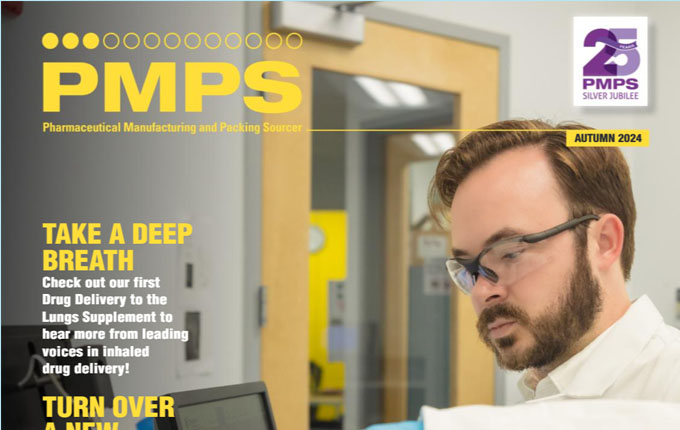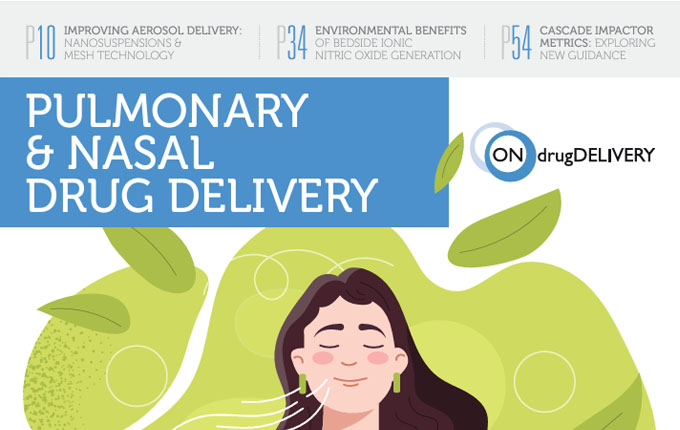The accurate assessment of APSD is crucial since it directly influences the deposition and absorption of the drug within the nasal passages, and consequently, its therapeutic effectiveness and safety profile. Traditional methods often struggle to provide the precision required due to the limitations inherent to the instruments used, as well as the assumptions embedded within the data interpretation protocols. As such, the scientific community has been directing efforts towards the development and refinement of analytical techniques that can overcome these challenges.
Morphologically-Directed Raman Spectroscopy (MDRS) emerges as a promising approach, leveraging the specificity of Raman spectroscopy to identify chemical compositions, coupled with advanced imaging techniques to ascertain particle morphology. This dual capability enables MDRS to distinguish between drug particles and excipients, even within complex mixtures, thereby facilitating a more detailed analysis of APSD.
Furthermore, methodologies like Particle/Droplet Image Analysis (PDIA) provide insights into the physical characteristics of droplets, such as size and shape, by capturing and analyzing images of the particles. PDIA can be instrumental in the study of inhalation sprays, where understanding the behavior of droplets post-dispersion is essential to ensure consistent delivery of the medication.
Similarly, Particle Image Velocimetry (PIV) offers a window into the dynamics of particles in flow conditions, revealing velocity profiles and flow patterns within aerosols. This information is vital for predicting the deposition of particles in nasal passages, which is influenced by both particle size and momentum.
Phase-Doppler Anemometry (PDA) extends the capabilities of PIV by adding the ability to measure the size and velocity of spherical droplets in a spray simultaneously. PDA can thus provide a comprehensive characterization of inhalation products by detailing both the kinematics and size distribution of the droplets, which are critical factors in the efficacy of nasal inhalers.
As regulatory bodies intensify scrutiny on the safety and performance of inhalation therapies, the need for precision in APSD analysis becomes increasingly pronounced. Regulation in the pharmaceutical industry demands rigorous validation of methods and clarity in results to ensure that products meet the stringent standards for quality and efficacy. The evolution of methodologies like MDRS, PDIA, PIV, and PDA is not just a response to scientific curiosity but a necessity driven by regulatory mandates.
The ongoing development of new methodologies reflects the industry’s commitment to improving drug delivery systems. It underscores the significance of adopting advanced analytical techniques capable of providing a comprehensive understanding of APSD in nasal inhalation products. These methodologies not only offer enhanced accuracy but also provide a framework for the development of more effective and safer nasal drug delivery systems. As the landscape of inhalation therapy evolves, so too must the techniques used to scrutinize their performance, ensuring that they can stand up to the exacting standards of quality and regulation in the pharmaceutical realm.
Learn more about Aptar Pharma Expertise
in Nasal Drug Delivery
This Might Also Be of Interest

Overcoming Challenges in Preclinical Studies for Intranasal and Inhalation Programs
Webinars, Pharmaceutical, Innovation & Insights, Drug Delivery Innovations, Market Insights, Product Solutions

Optimising Preclinical Studies for Intranasal and Pulmonary Programmes
Publications, Pharmaceutical, Drug Delivery Innovations, Market Insights, Product Solutions
Targeted Aerosol Delivery to NALT Using BiVax Intranasal Atomizer
Publications, Pharmaceutical, Market Insights, Product Solutions, Drug Delivery Innovations

PureHale® & The Future of Fine Mist Dispensers for Upper Airway Treatments
Publications, Pharmaceutical, Drug Delivery Innovations, Brand Differentiation, Market Insights, Product Solutions
